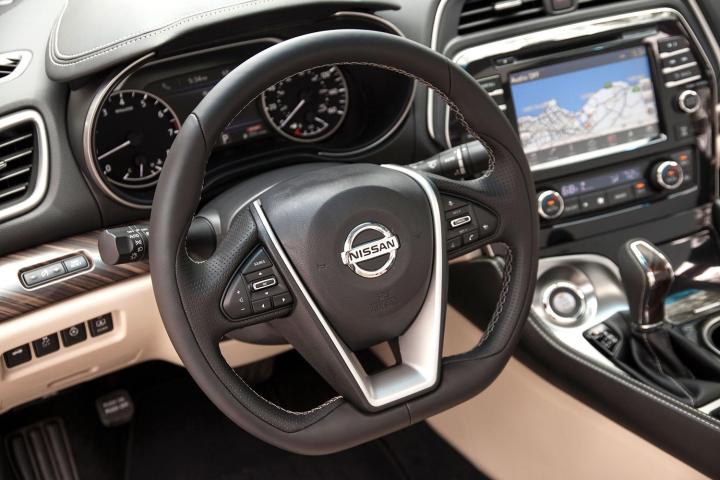
The New York Times reports car manufacturers are tweaking interior auto sounds with a balance of active noise cancellation and digital tuners. The primary goal is to provide a quiet ride, masking irksome mechanical sounds and road noise as much as possible. An additional benefit of electronic sound deadening can even improve fuel economy by cutting the weight of unneeded insulation.
Nissan product planning manager Aaron Gauger said, “It’s about the driver’s comfort. But we also want the driver to have a good experience during acceleration.” Nissan uses both technologies with the automaker’s Maxima, quieting engine sounds with noise-cancellation but amping it up under acceleration.
Peace and quiet aren’t the only goals with noise cancellation. As voice control for navigation systems and other components increases, a digitally quiet cabin can help with voice recognition. High-end audio systems have a better chance of producing quality sound when the rest of the interior is still.
If a third-row passenger wants to talk with the driver, an acoustically hushed interior can make it possible without yelling, which many parents will appreciate. No one is yet talking about acoustic sound walls that separate the front seat from the cacophony of multiple children in the rear, but it’s conceivable that such a feature will show up as a minivan option.
It’s not possible to cut out all exterior and vehicle sounds. Alan Norton, an audio quality senior technical leader at Ford, told The New York Times, “We can’t create a cone of silence — yet.”
John Pellico, a Bose automotive division product manager said, “The noise canceling that we do in cars is designed to go after specific engine harmonics.” Bose, which has worked with General Motors and Nissan since 2010, monitors engine status continuously to adjust active noise cancellation in real time.
When it comes to creating or enhancing sounds on acceleration or at other times, Pellico told The New York Times, “There’s also a signature to every engine and automakers are particular about which harmonics they want to enter the cabin and which ones they don’t.”
A future ambiance and entertainment app may offer the ability to call up sounds on demand. You might choose the sound wafting through wheat fields while cruising but cut to the gutsy roar of a ’95 Viper when you pull out to pass a pokey driver. They won’t hear the sound outside, but you’ll hear it inside the car. And it will feel very good.



